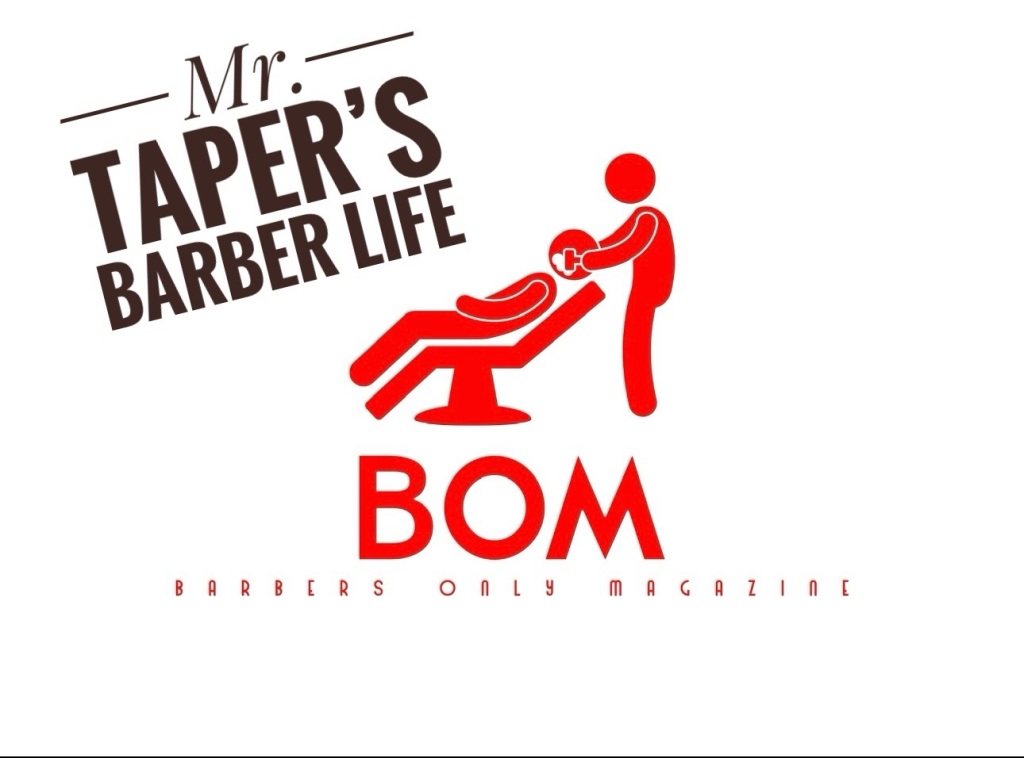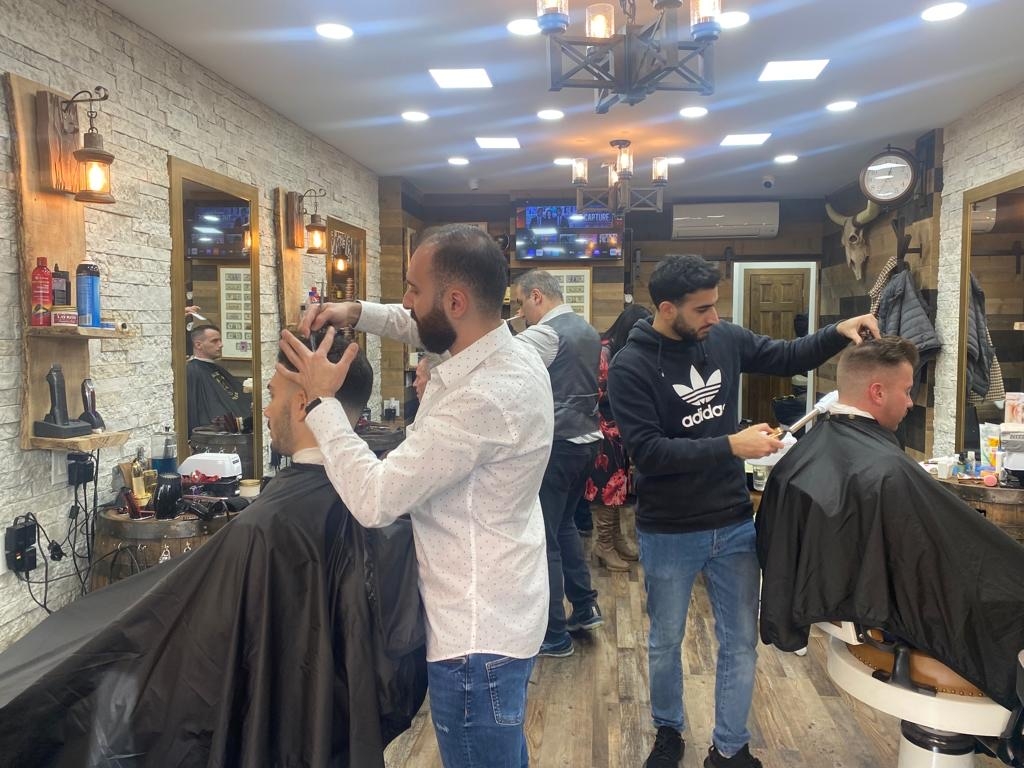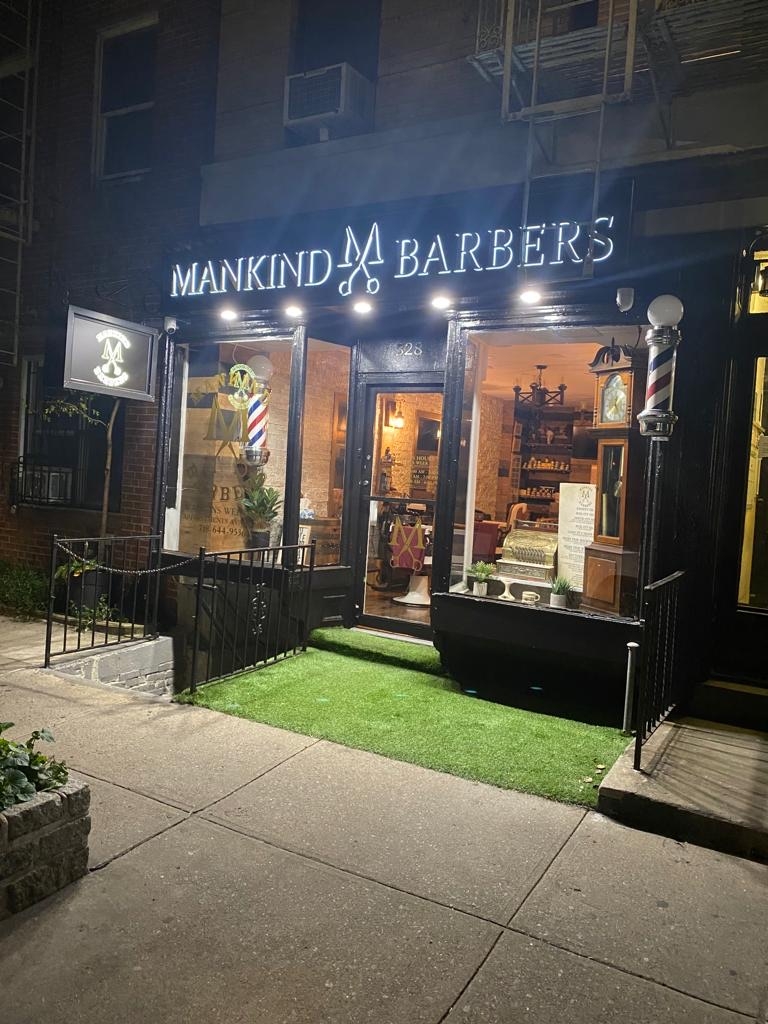

Individuals with coarse hair should typically use a hair relaxer every 6-8 weeks to maintain straightness. This timeframe allows for new hair growth to come in, which may be more resistant to the relaxer, ensuring a consistent straightening effect without causing excessive damage to the hair.
Hair relaxers can be used on color-treated hair, but caution should be exercised to prevent damage. It is essential to choose a relaxer specifically formulated for color-treated hair and to follow the instructions carefully. Additionally, it is recommended to consult with a professional stylist to assess the condition of the hair and determine the best course of action.
https://podcasts.apple.com/us/podcast/mr-tapers-barber-life/id1678890979?i=1000647933253

Posted by on 2024-03-11
Tax write-offs for barbers can be a great way to save money on taxes. Barbers can take advantage of a variety of deductions and credits to reduce their taxable income and save money. Here are some of the most common tax write-offs for barbers in 2024. 1. Professional Expenses: Barbers can deduct expenses related to […]

Posted by on 2024-01-02
youtube.com/watch
Posted by on 2023-11-13
The key differences between a lye-based and no-lye hair relaxer lie in their chemical compositions and effects on the hair. Lye-based relaxers are typically stronger and more effective at straightening the hair but can also be harsher and more damaging. No-lye relaxers are milder and gentler on the scalp but may not provide as straight of a result. It is crucial to consider the individual's hair type and sensitivity when choosing between the two options.

Reversing the effects of a hair relaxer to return to a natural curl pattern can be challenging but not impossible. The process often involves growing out the relaxed hair and gradually trimming off the straightened ends. Additionally, deep conditioning treatments, protein treatments, and protective styling can help promote healthy hair growth and restore the natural curl pattern over time.
Individuals with sensitive scalps should avoid hair relaxers containing harsh chemicals such as sodium hydroxide or calcium hydroxide, as these can cause irritation and damage to the scalp. It is advisable to look for relaxers with more natural and gentle ingredients, such as coconut oil, shea butter, or aloe vera, which can help nourish and protect the scalp during the relaxing process.

It is recommended to wait at least 1-2 weeks before applying a hair relaxer after using a deep conditioning treatment. This waiting period allows the hair to fully absorb the nutrients from the conditioning treatment and regain strength and moisture before undergoing the chemical process of relaxing. Applying a relaxer too soon after a deep conditioning treatment can lead to over-processing and damage to the hair.
Common signs of over-processed hair due to frequent use of hair relaxers include dryness, brittleness, breakage, and thinning of the hair. The hair may appear dull, lackluster, and have a straw-like texture. Additionally, the scalp may become irritated, itchy, or inflamed, indicating that the hair and scalp have been damaged by the harsh chemicals in the relaxer. It is essential to give the hair time to recover and repair before undergoing any further chemical treatments.

When communicating a desired haircut style to a barber, it is important to be as specific and detailed as possible. Use terms such as "fade," "undercut," "layers," "texture," "length," "sideburns," "fringe," "part," "blowout," "trim," "shape," and "style" to convey your preferences clearly. Additionally, providing visual references, such as pictures or screenshots of hairstyles you like, can help ensure that the barber understands your vision accurately. Be sure to discuss any specific concerns or requirements you may have, such as hair type, face shape, maintenance level, and styling products. By using precise and relevant language, along with visual aids, you can effectively communicate your desired haircut style to your barber.
Barbers can indeed provide valuable recommendations for addressing hair loss or thinning. They are knowledgeable about various hair care products, treatments, and techniques that can help improve the health and appearance of the hair. Barbers may suggest using specialized shampoos, conditioners, and styling products designed to promote hair growth and thickness. Additionally, they may recommend specific hairstyles or cutting techniques to create the illusion of fuller hair. Some barbers may also advise clients to consult with a dermatologist or trichologist for more advanced treatments such as laser therapy or scalp micropigmentation. Overall, barbers can play a crucial role in helping individuals manage and address hair loss or thinning effectively.
One way to determine if a barber is experienced in handling a specific hair type or texture is to inquire about their training and certifications related to hair styling. Barbers who have received specialized education in working with diverse hair types, such as curly, straight, thick, or fine hair, are more likely to have the expertise needed to cater to individual needs. Additionally, observing the barber's portfolio or asking for references from clients with similar hair textures can provide insight into their level of experience and skill in managing different hair types. Look for barbers who are knowledgeable about products and techniques specifically designed for your hair type, as this demonstrates a deeper understanding of how to best care for and style your hair.
Achieving a perfectly shaped beard line-up involves several steps to ensure precision and neatness. First, the individual should use a high-quality trimmer with adjustable settings to define the desired shape of the beard. Next, they should carefully trim along the jawline, cheeks, and neckline to create clean lines. Using a straight razor or precision trimmer can help to further refine the edges and remove any stray hairs. It is important to regularly maintain the beard line-up by trimming and shaping as needed to keep the look sharp and well-groomed. Additionally, using beard oil or balm can help to soften the hair and make it easier to manage during the shaping process. By following these steps and paying attention to detail, one can achieve a perfectly shaped beard line-up that enhances their overall appearance.
A taper fade and a regular fade are both popular haircut styles that involve gradually decreasing the length of hair from the top of the head down to the sides and back. However, the main difference between the two is the way the hair is blended. In a taper fade, the hair is tapered or faded into the skin, creating a more gradual transition between the longer hair on top and the shorter hair on the sides and back. This results in a more subtle and natural-looking fade. On the other hand, a regular fade typically involves a more abrupt transition between the different lengths of hair, creating a sharper and more defined contrast. Both styles require skill and precision to achieve a clean and polished look.
Achieving a perfectly shaped neckline during a haircut involves several steps to ensure precision and accuracy. The first step is to section off the hair around the neckline using clips or combs to create a clean line of demarcation. Next, the hair should be dampened to make it more manageable for cutting. Using sharp scissors or clippers, the hairstylist will carefully trim the hair along the neckline, following the natural curve of the client's neck. It is important to regularly check for symmetry and balance while cutting to avoid any unevenness. Once the desired shape is achieved, the hair can be styled and finished to enhance the overall look. Proper technique, attention to detail, and skill are essential in achieving a perfectly shaped neckline during a haircut.